Anne-Sophie von Bomhard
« Le Naos des DĂ©cades. Puzzle archĂ©ologique et thĂ©matique »
ENiM 4, 2011, p. 107-136.
 Le Naos des Décades, dédié au dieu Chou, est un monument unique par sa collection de textes originaux et par la décoration extérieure de ses parois, consacrant une case a chacune des décades de l’année égyptienne. Chaque case montre cinq vignettes accompagnant un petit commentaire qui a été qualifié d’« astrologique », et qui diffère à chaque décade. Ces notices font intervenir un « grand dieu », dont l’action vise à détruire les populations ennemies, elles semblent de nature plus mythologique qu’astrologique, et leur ensemble pourrait constituer l’un de ces « Livres de Chou » que le dieu confie à Sekhmet, faisant le décompte de ceux que la déesse et sa troupe de décans doivent éliminer. La place du monument dans l’astrologie égyptienne est discutée : alors que le commentaire concerne des populations entières, les vignettes et leurs légendes intéressent le destin individuel et semblent relier le résultat du jugement divin et donc l’avenir du ka à la position des astres dans le ciel. À cet égard, le monument pourrait refléter, ou être le précurseur des systèmes astrologiques prédisant le devenir d’après la position variable des planètes, du soleil et des décans selon les heures.
Le Naos des Décades, dédié au dieu Chou, est un monument unique par sa collection de textes originaux et par la décoration extérieure de ses parois, consacrant une case a chacune des décades de l’année égyptienne. Chaque case montre cinq vignettes accompagnant un petit commentaire qui a été qualifié d’« astrologique », et qui diffère à chaque décade. Ces notices font intervenir un « grand dieu », dont l’action vise à détruire les populations ennemies, elles semblent de nature plus mythologique qu’astrologique, et leur ensemble pourrait constituer l’un de ces « Livres de Chou » que le dieu confie à Sekhmet, faisant le décompte de ceux que la déesse et sa troupe de décans doivent éliminer. La place du monument dans l’astrologie égyptienne est discutée : alors que le commentaire concerne des populations entières, les vignettes et leurs légendes intéressent le destin individuel et semblent relier le résultat du jugement divin et donc l’avenir du ka à la position des astres dans le ciel. À cet égard, le monument pourrait refléter, ou être le précurseur des systèmes astrologiques prédisant le devenir d’après la position variable des planètes, du soleil et des décans selon les heures.
 The Naos of the Decades is dedicated to the god Shu. It is a monument unique as to its collection of original texts and the decoration of its outside walls which contains a frame for each of the decades of the Egyptian year. Each of these frames displays five vignettes which accompany a short comment which was qualified as “astrological”, and is different for each decade. These notes call a “great god” for action to destroy enemy populations, and they seem more of a mythological than an astrological nature. The collection of these texts could constitute one of the “Books of Shu” which that god entrusted to Sekhmet, establishing a list of those that the goddess and her troop of decans is to eliminate. The position of the monument in Egyptian astrology is arguable: while the comment concerns entire populations, the vignettes and their legends deal with individual destiny and seem to link result of divine judgement and thus the future of the ka to the position of the stars in the sky. In this context, the monument could reflect or precede the astrological systems that foretell the future from the changing position of the planets, the sun and the decans according to the hours.
The Naos of the Decades is dedicated to the god Shu. It is a monument unique as to its collection of original texts and the decoration of its outside walls which contains a frame for each of the decades of the Egyptian year. Each of these frames displays five vignettes which accompany a short comment which was qualified as “astrological”, and is different for each decade. These notes call a “great god” for action to destroy enemy populations, and they seem more of a mythological than an astrological nature. The collection of these texts could constitute one of the “Books of Shu” which that god entrusted to Sekhmet, establishing a list of those that the goddess and her troop of decans is to eliminate. The position of the monument in Egyptian astrology is arguable: while the comment concerns entire populations, the vignettes and their legends deal with individual destiny and seem to link result of divine judgement and thus the future of the ka to the position of the stars in the sky. In this context, the monument could reflect or precede the astrological systems that foretell the future from the changing position of the planets, the sun and the decans according to the hours.
 Consulter cet article (50003) -
Consulter cet article (50003) -  Télécharger cet article au format pdf (26126)
Télécharger cet article au format pdf (26126)
« Ciels d’Égypte. Le « ciel du sud » et le « ciel du nord » »
ENiM 5, 2012, p. 73-102.
 Depuis les temps anciens jusqu’aux périodes tardives, les Anciens Égyptiens, pour décrire le ciel, distinguaient le « ciel du sud » et le « ciel du nord », aussi bien dans les textes que dans l’iconographie. Les représentations de la voûte céleste qui apparaissent sur des plafonds ou des couvercles de sarcophages permettent d’identifier les astres principaux du ciel dit « méridional » comme étant ceux qui se déplacent sur l’écliptique avec, essentiellement, les étoiles-décans qui balisent le parcours quotidien et annuel du soleil. Le ciel « septentrional », quant à lui, est le domaine des constellations boréales, visibles toute l’année et, pour cette raison, dénommées par les Égyptiens « Celles qui ne connaissent pas la destruction ». L’opposition « spatiale » s’accompagne d’une opposition « mythologique » : les constellations du ciel du nord sont liées à l’idée d’immortalité car on ne les voyait jamais disparaître dans la Douat. À l’inverse, les ensembles stellaires situés plus au sud, dont les prototypes sont Sirius et Orion, qui sont absents du ciel un certain temps au cours de l’année, sont comparés aux vivants : ils « vivent » lorsqu’ils brillent au firmament, et « meurent » lors de leur invisibilité, qui est ressentie comme un séjour dans la Douat. Ces observations expliquent de nombreuses allusions retrouvées dans les Textes de Pyramides.
Depuis les temps anciens jusqu’aux périodes tardives, les Anciens Égyptiens, pour décrire le ciel, distinguaient le « ciel du sud » et le « ciel du nord », aussi bien dans les textes que dans l’iconographie. Les représentations de la voûte céleste qui apparaissent sur des plafonds ou des couvercles de sarcophages permettent d’identifier les astres principaux du ciel dit « méridional » comme étant ceux qui se déplacent sur l’écliptique avec, essentiellement, les étoiles-décans qui balisent le parcours quotidien et annuel du soleil. Le ciel « septentrional », quant à lui, est le domaine des constellations boréales, visibles toute l’année et, pour cette raison, dénommées par les Égyptiens « Celles qui ne connaissent pas la destruction ». L’opposition « spatiale » s’accompagne d’une opposition « mythologique » : les constellations du ciel du nord sont liées à l’idée d’immortalité car on ne les voyait jamais disparaître dans la Douat. À l’inverse, les ensembles stellaires situés plus au sud, dont les prototypes sont Sirius et Orion, qui sont absents du ciel un certain temps au cours de l’année, sont comparés aux vivants : ils « vivent » lorsqu’ils brillent au firmament, et « meurent » lors de leur invisibilité, qui est ressentie comme un séjour dans la Douat. Ces observations expliquent de nombreuses allusions retrouvées dans les Textes de Pyramides.
 From very early times down to the late periods, the Ancient Egyptians describing the firmament distinguished the “southern sky” and the “northern sky” in their texts as well as in their iconography. Representations of the sky that appear on ceilings or coffin lids permit to identify the main stars in the sky called “southern” as those that move along the ecliptic comprising, in essence, the decanal stars that mark the daily and annual course of the sun. The northern sky, on the other hand, is the domain of the boreal constellations that are visible throughout the year, which is why the Egyptians called them “Those who do not know destruction”.The “spatial” opposition is accompanied by a “mythological” one: the constellations of the northern sky are tied to the notion of immortality because they can never be seen to vanish into the Duat. Inversely, the constellations situated further to the south, with Sirius and Orion as prototypes, which are absent from the sky during a certain lapse of time in the year, are compared to the living: they “live” while they sparkle in the night firmament and “die” during their invisibility, which is perceived as a passage in the Duat. These observations explain a great variety of mythological allusions issuing from the Pyramid Texts.
From very early times down to the late periods, the Ancient Egyptians describing the firmament distinguished the “southern sky” and the “northern sky” in their texts as well as in their iconography. Representations of the sky that appear on ceilings or coffin lids permit to identify the main stars in the sky called “southern” as those that move along the ecliptic comprising, in essence, the decanal stars that mark the daily and annual course of the sun. The northern sky, on the other hand, is the domain of the boreal constellations that are visible throughout the year, which is why the Egyptians called them “Those who do not know destruction”.The “spatial” opposition is accompanied by a “mythological” one: the constellations of the northern sky are tied to the notion of immortality because they can never be seen to vanish into the Duat. Inversely, the constellations situated further to the south, with Sirius and Orion as prototypes, which are absent from the sky during a certain lapse of time in the year, are compared to the living: they “live” while they sparkle in the night firmament and “die” during their invisibility, which is perceived as a passage in the Duat. These observations explain a great variety of mythological allusions issuing from the Pyramid Texts.
 Consulter cet article (49557) -
Consulter cet article (49557) -  Télécharger cet article au format pdf (26121)
Télécharger cet article au format pdf (26121)
« Le dĂ©but du Livre de Nout »
ENiM 7, 2014, p. 79-123.
 Sur le plafond du cénotaphe de Sethi Ier à Abydos, le Livre de Nout est précédé de colonnes de hiéroglyphes surmontées de vignettes. L’ensemble a été désigné comme « Texte de l’Horloge » parce que ces écrits donnent la description d’une horloge à ombre accompagnée d’explications sur son mode de fonctionnement. Ces textes sont en rapport étroit avec le sujet du Livre de Nout, à savoir les exposés sur le cycle des décans, et sur l’utilisation de ces étoiles pour déterminer les heures de nuit.
Sur le plafond du cénotaphe de Sethi Ier à Abydos, le Livre de Nout est précédé de colonnes de hiéroglyphes surmontées de vignettes. L’ensemble a été désigné comme « Texte de l’Horloge » parce que ces écrits donnent la description d’une horloge à ombre accompagnée d’explications sur son mode de fonctionnement. Ces textes sont en rapport étroit avec le sujet du Livre de Nout, à savoir les exposés sur le cycle des décans, et sur l’utilisation de ces étoiles pour déterminer les heures de nuit.
 On the ceiling of the cenotaph of Seti I at Abydos, the Book of Nut is preceded by columns of hieroglyphs under vignettes. This collection of texts has been named “Text of the Clock” because it describes a shadow clock together with some explanations concerning functioning. The contents of these columns are closely linked to the Book of Nut, since its subject is the cycle of the decans and the use of these stars to determine the hours of the night.
On the ceiling of the cenotaph of Seti I at Abydos, the Book of Nut is preceded by columns of hieroglyphs under vignettes. This collection of texts has been named “Text of the Clock” because it describes a shadow clock together with some explanations concerning functioning. The contents of these columns are closely linked to the Book of Nut, since its subject is the cycle of the decans and the use of these stars to determine the hours of the night.
 Consulter cet article (56250) -
Consulter cet article (56250) -  Télécharger cet article au format pdf (27180)
Télécharger cet article au format pdf (27180)
« ThĂ´nis-HĂ©raclĂ©ion : Ostraca sous la mer »
ENiM 15, 2022, p. 321-334.
 Deux ostraca inscrits encore lisibles après plus de 2000 ans d’immersion dans l’océan ont été mis au jour sur le site immergé de Thônis-Héracléion dans un contexte archéologique fin cinquième siècle/début quatrième av. J.-C. L’un, en démotique, malheureusement incomplet, est une lettre de type « requête », l’autre, en hiératique, employant un hiéroglyphe archaïque, montre un groupe de signes en rapport, semble-t-il, avec le repas royal. Les deux fragments ont été relevés à environ 13 mètres de distance l’un de l’autre sur une île couverte d’offrandes située à l’entrée de la bouche Canopique.
Deux ostraca inscrits encore lisibles après plus de 2000 ans d’immersion dans l’océan ont été mis au jour sur le site immergé de Thônis-Héracléion dans un contexte archéologique fin cinquième siècle/début quatrième av. J.-C. L’un, en démotique, malheureusement incomplet, est une lettre de type « requête », l’autre, en hiératique, employant un hiéroglyphe archaïque, montre un groupe de signes en rapport, semble-t-il, avec le repas royal. Les deux fragments ont été relevés à environ 13 mètres de distance l’un de l’autre sur une île couverte d’offrandes située à l’entrée de la bouche Canopique.
 Two inscribed ostraca still readable after 2000 years of immersion in the ocean were brought to light on the underwater site of Thônis-Héracleion in an archaeological context end of fifth/early fourth century B.C. The unfortunately incomplete one in demotic script is a letter of the type « request », the other in hieratic script using an archaic hieroglyph displays a group of signs apparently related to the royal repast. Both fragments were discovered at a distance of approximately 13 metres from each other on an island covered with offerings, located at the entrance of the Canopic mouth of the Nile.
Two inscribed ostraca still readable after 2000 years of immersion in the ocean were brought to light on the underwater site of Thônis-Héracleion in an archaeological context end of fifth/early fourth century B.C. The unfortunately incomplete one in demotic script is a letter of the type « request », the other in hieratic script using an archaic hieroglyph displays a group of signs apparently related to the royal repast. Both fragments were discovered at a distance of approximately 13 metres from each other on an island covered with offerings, located at the entrance of the Canopic mouth of the Nile.
 Consulter cet article (25872) -
Consulter cet article (25872) -  Télécharger cet article au format pdf (11893)
Télécharger cet article au format pdf (11893)
ENiM 18 - 2025
5 article(s) - 2 avril 2025.
ENiM 1 à 18 (2008-2025) : 224 articles
4 581 803 téléchargements
9 271 663 consulations.
Index des auteurs

Mots clés

Derniers articles : 
Robert Steven Bianchi
Duplication and Continuity
(ENiM 18, p. 13-36 — 11 mars 2025) 
Frédéric Mougenot
Rénénoutet à la porte de la maison
(ENiM 18, p. 1-12 — 29 janvier 2025) 
CENiM - Mise en ligne des volumes Ă©puisĂ©s : 
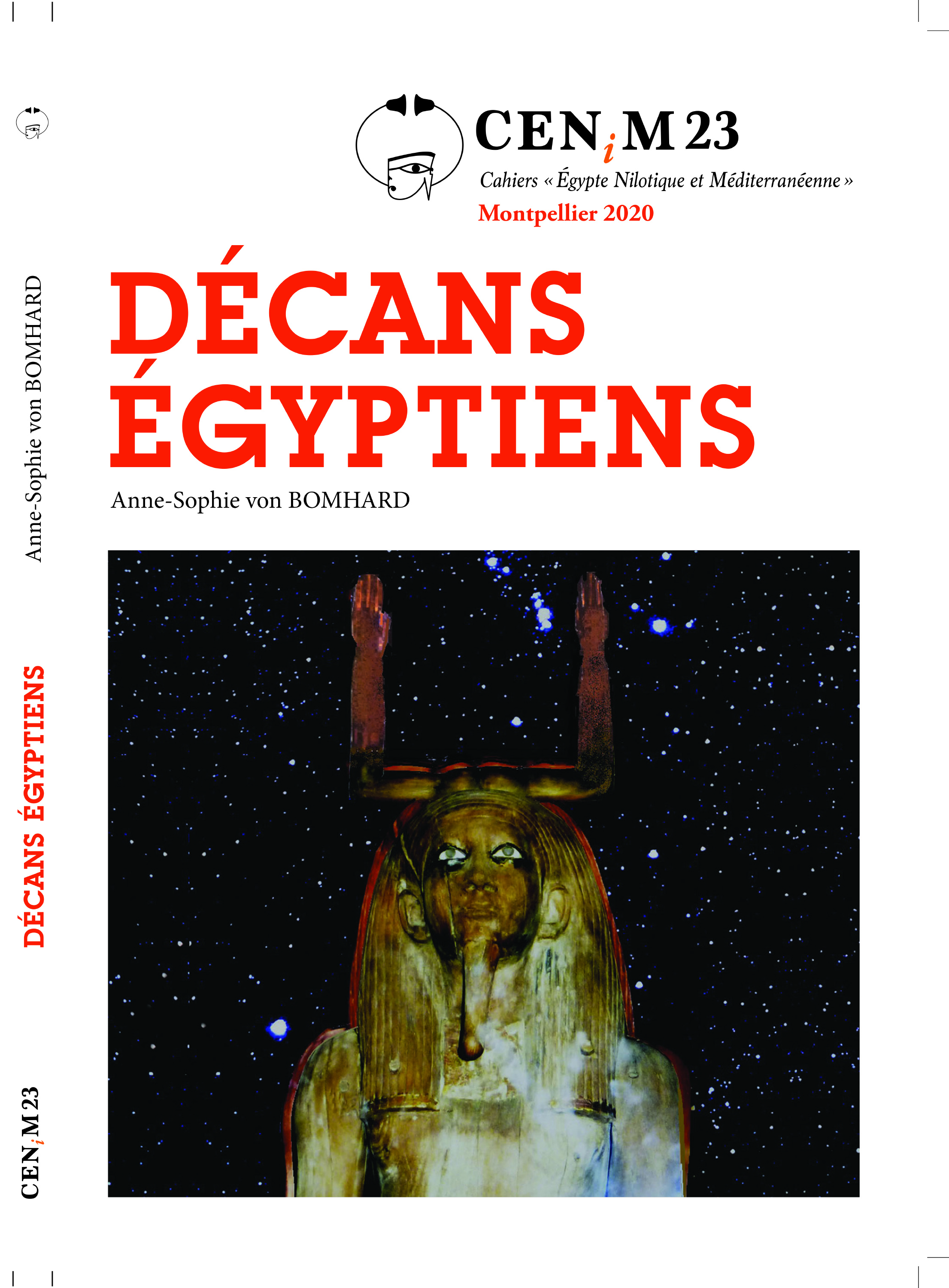 Anne-Sophie von BOMHARD DĂ©cans Ă©gyptiens, CENiM 23, Montpellier, 2020 — (2020)
Anne-Sophie von BOMHARD DĂ©cans Ă©gyptiens, CENiM 23, Montpellier, 2020 — (2020) 
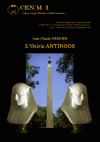 Jean-Claude Grenier L'Osiris ANTINOOS, CENiM 1, Montpellier, 2008 — (26 dĂ©cembre 2008)
Jean-Claude Grenier L'Osiris ANTINOOS, CENiM 1, Montpellier, 2008 — (26 dĂ©cembre 2008) 
TDENiM - Mise en ligne des volumes Ă©puisĂ©s : 
 Twitter
Twitter 3792177 visites - 6048 visite(s) aujourd’hui - 61 connecté(s)
© ENiM - Une revue d’égyptologie sur internet
Équipe Égypte Nilotique et Méditerranéenne - UMR 5140 - « Archéologie des Sociétés Méditerranéennes » (Cnrs) - Université Paul Valéry - Montpellier III
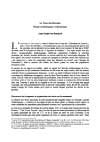
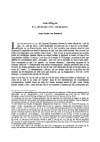
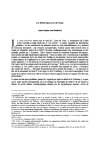
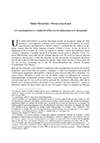
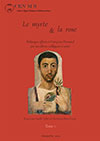
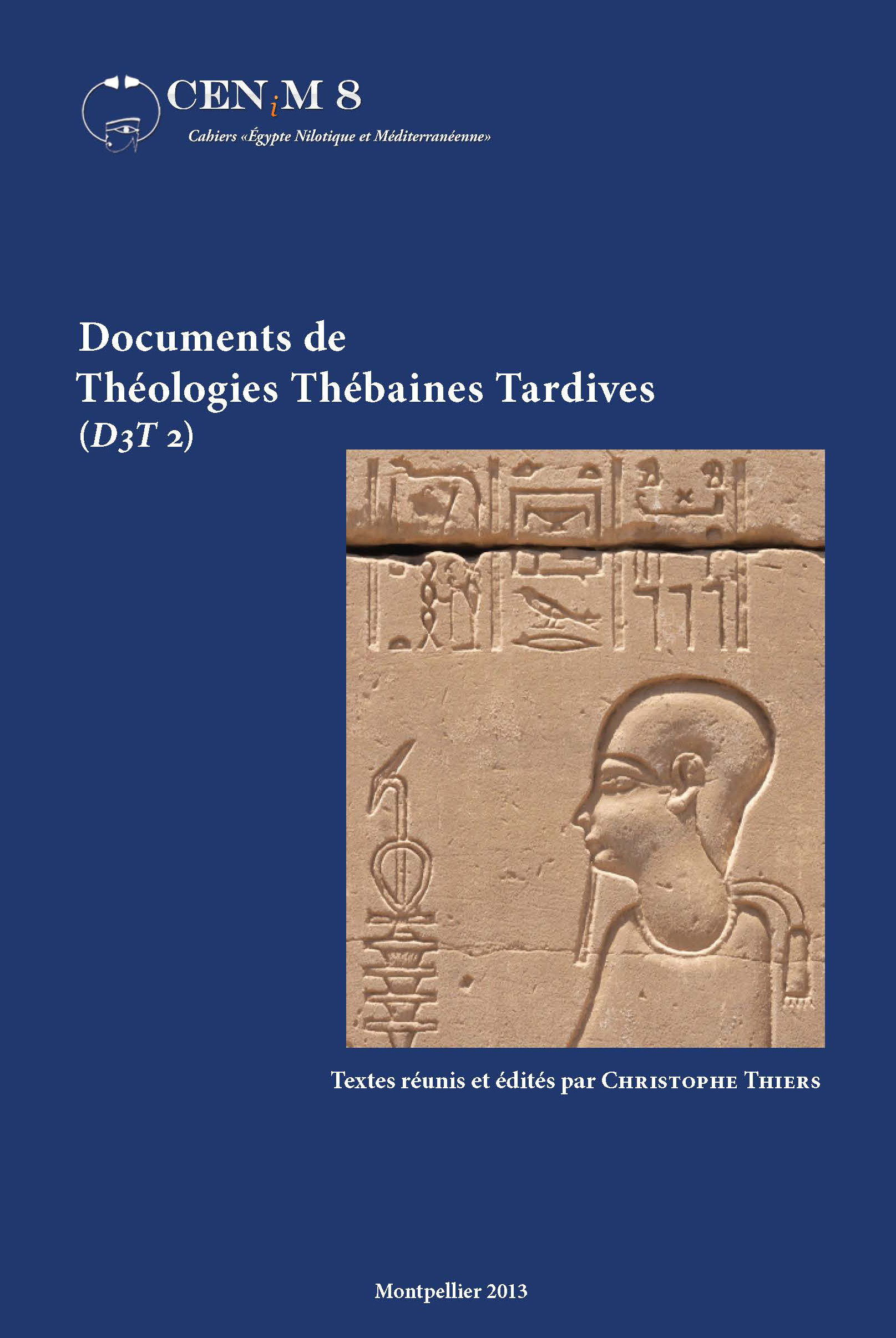

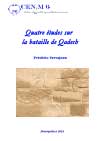
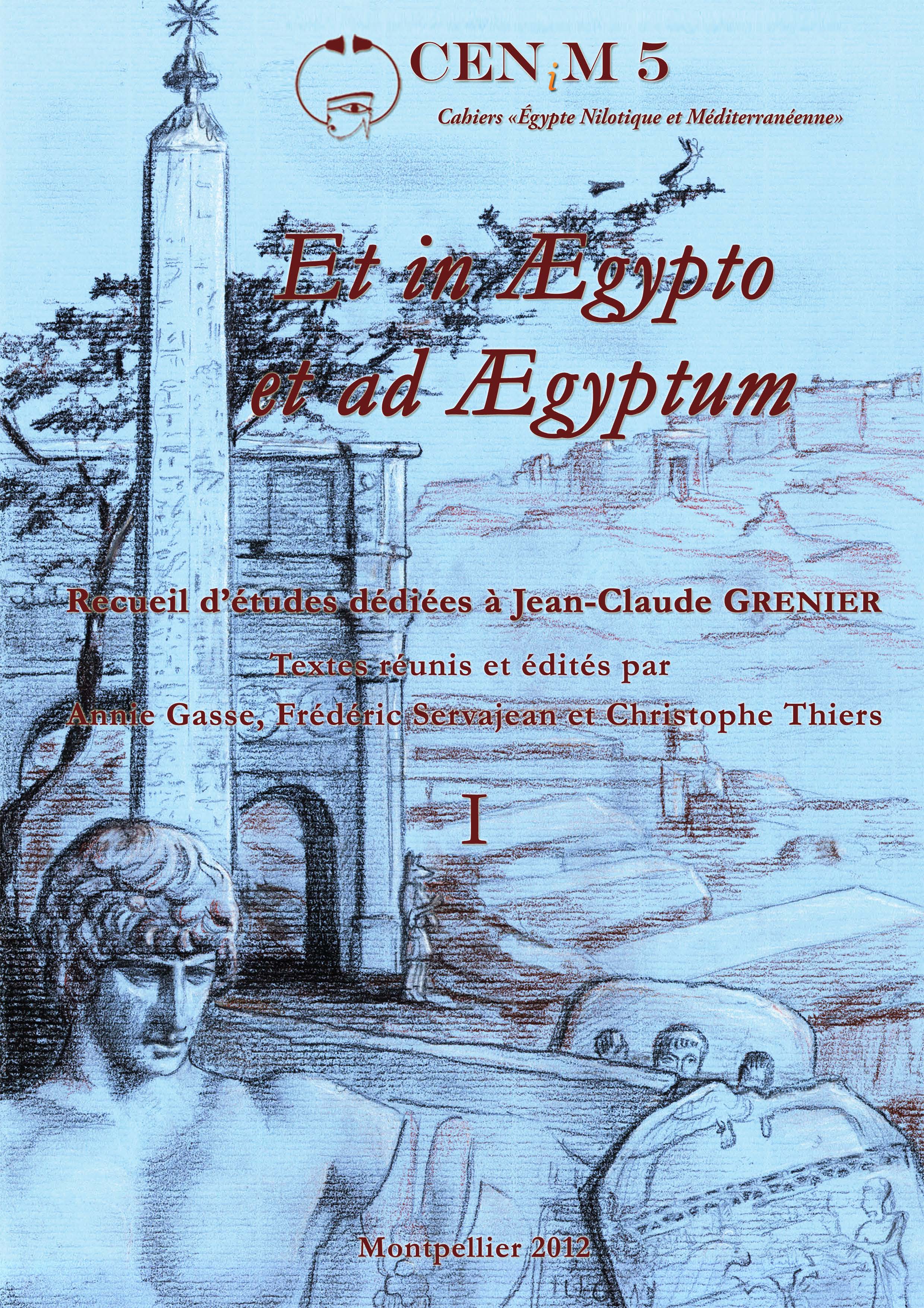
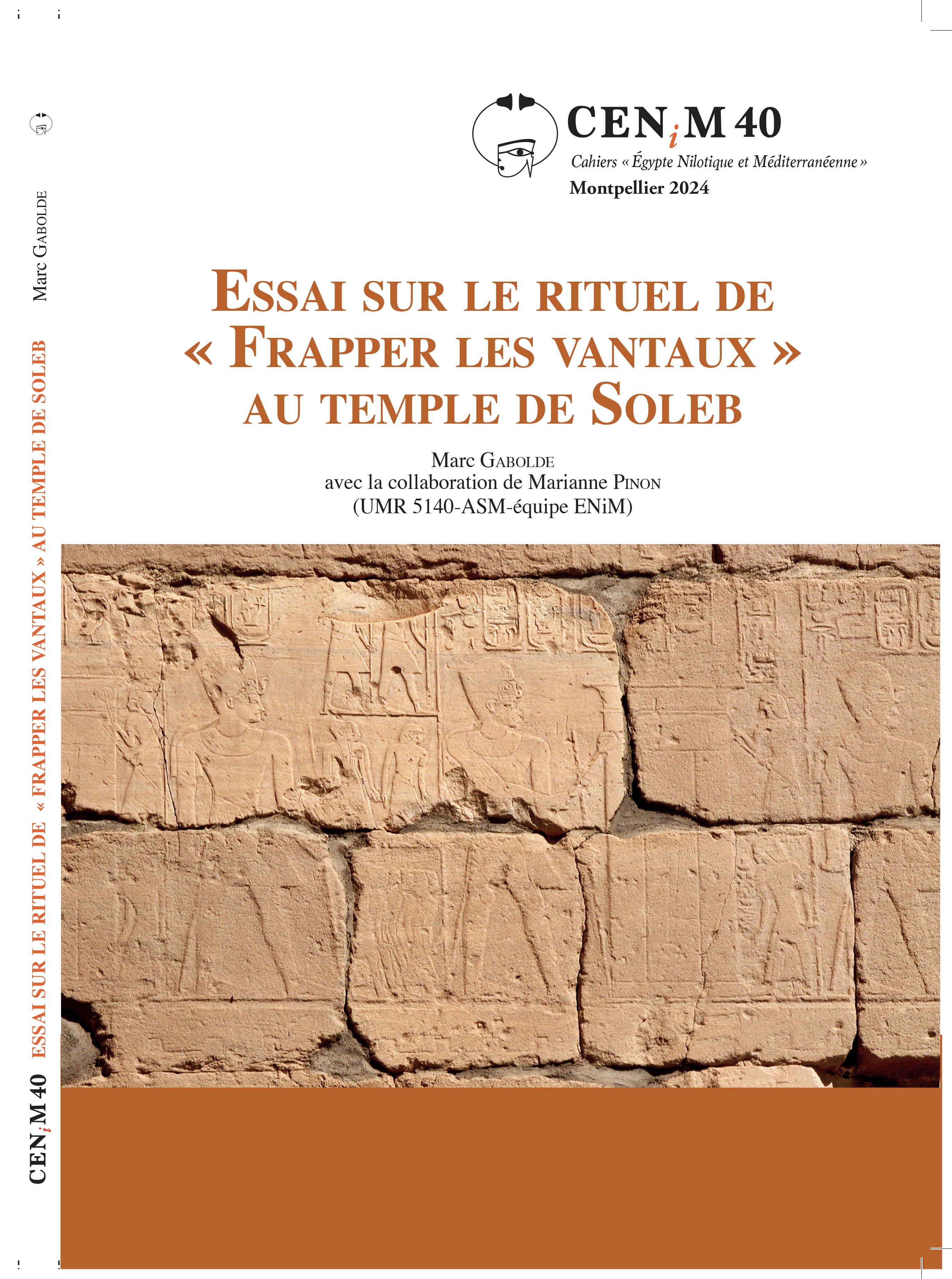
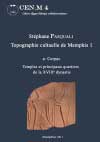
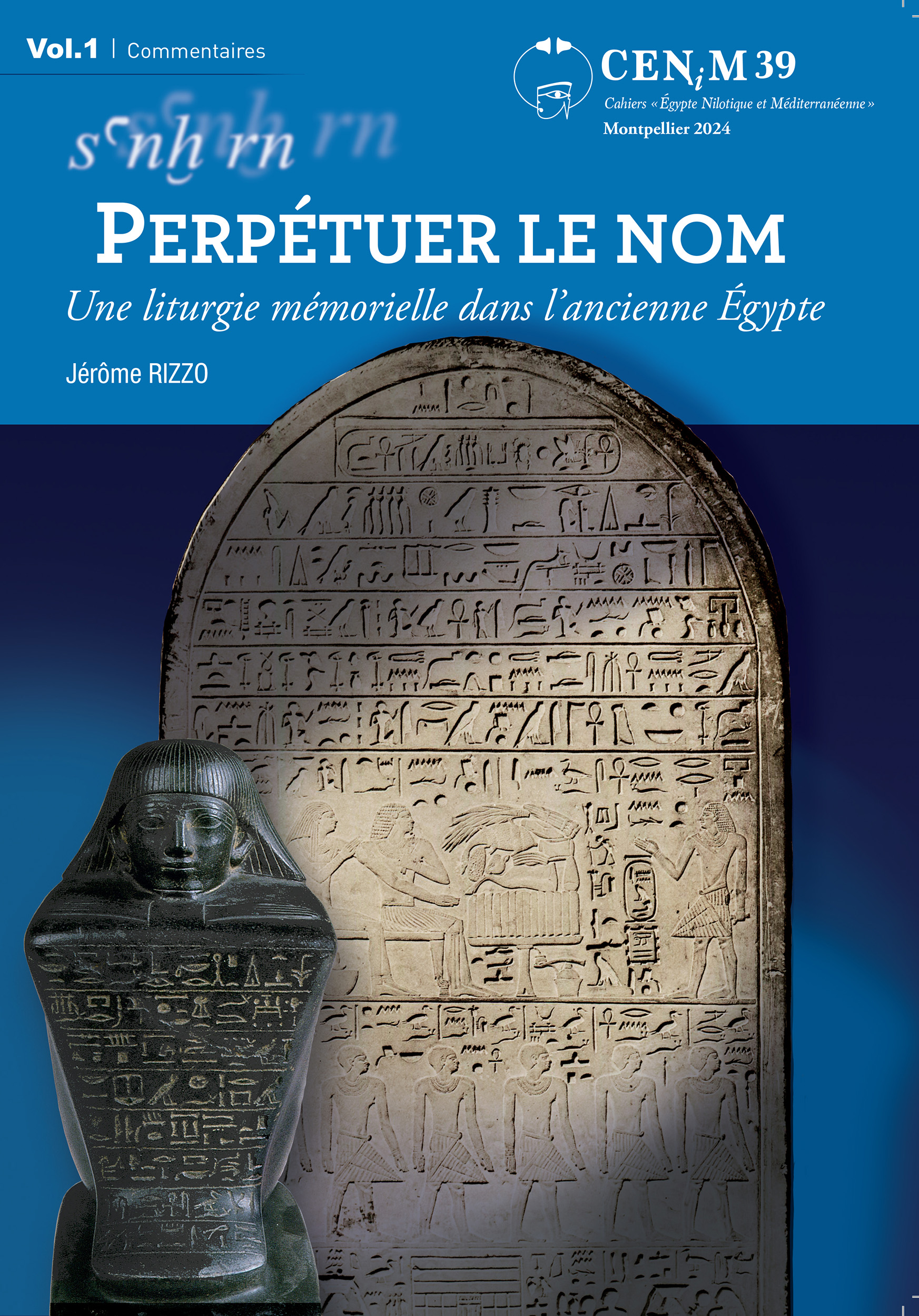
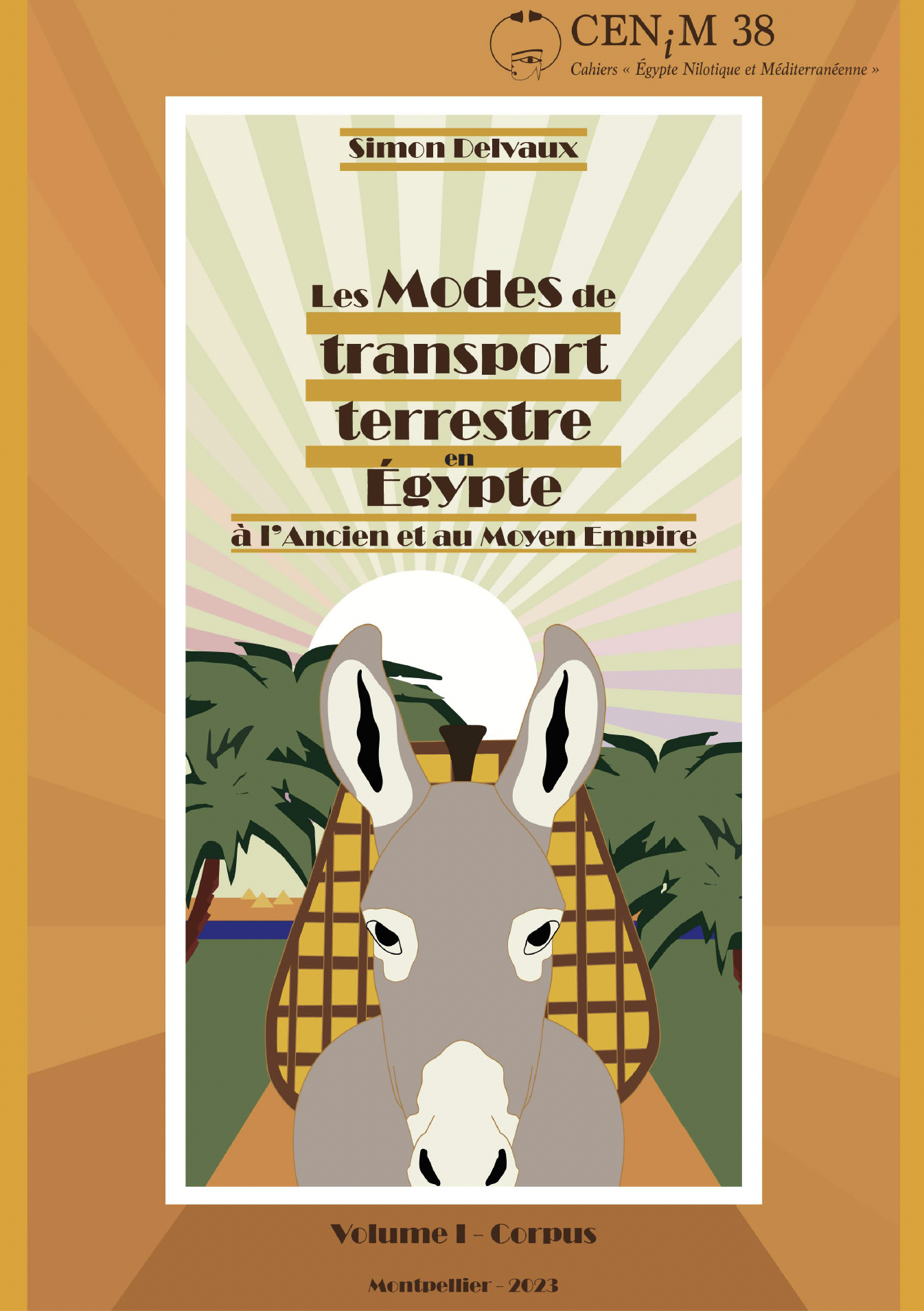
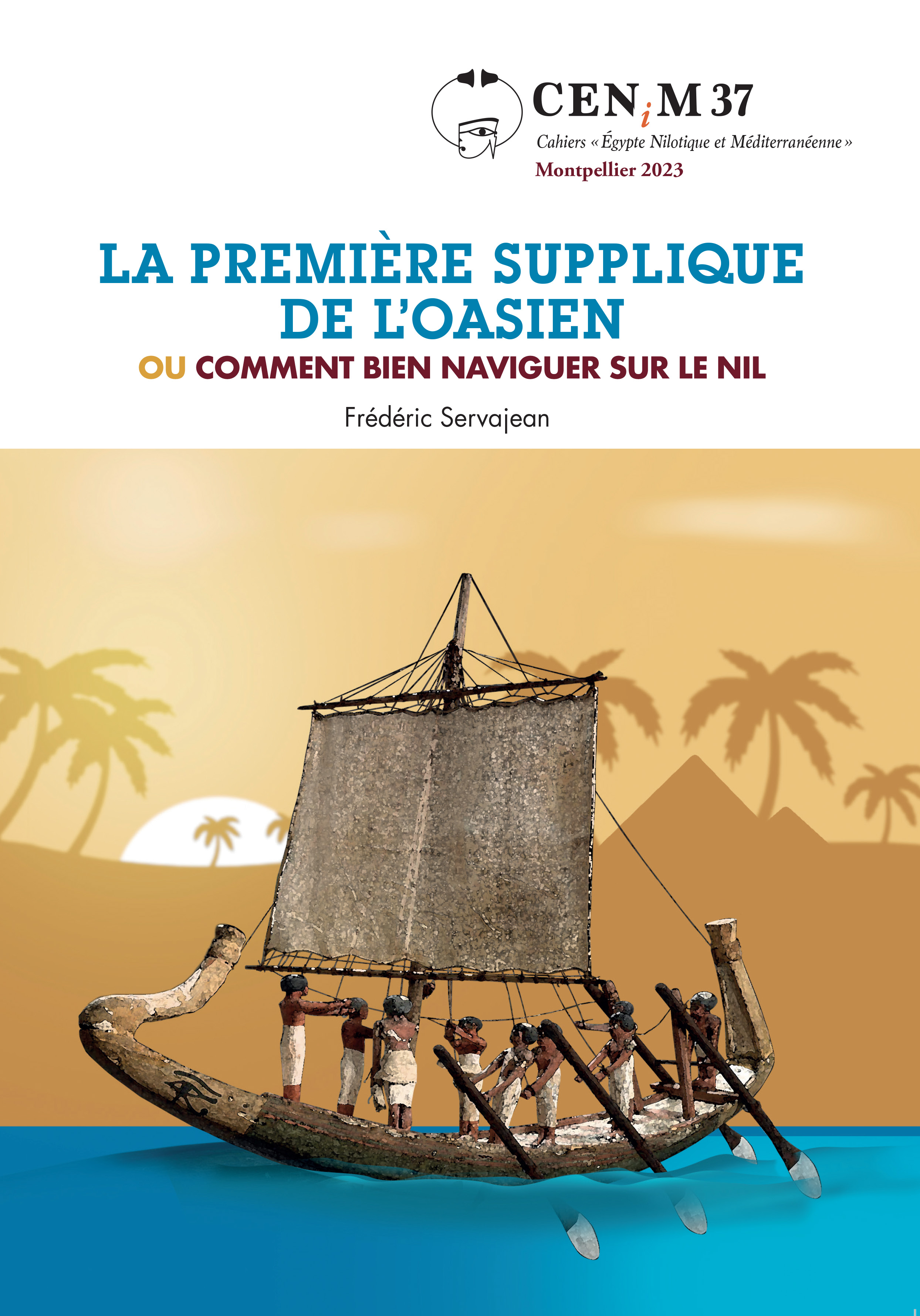
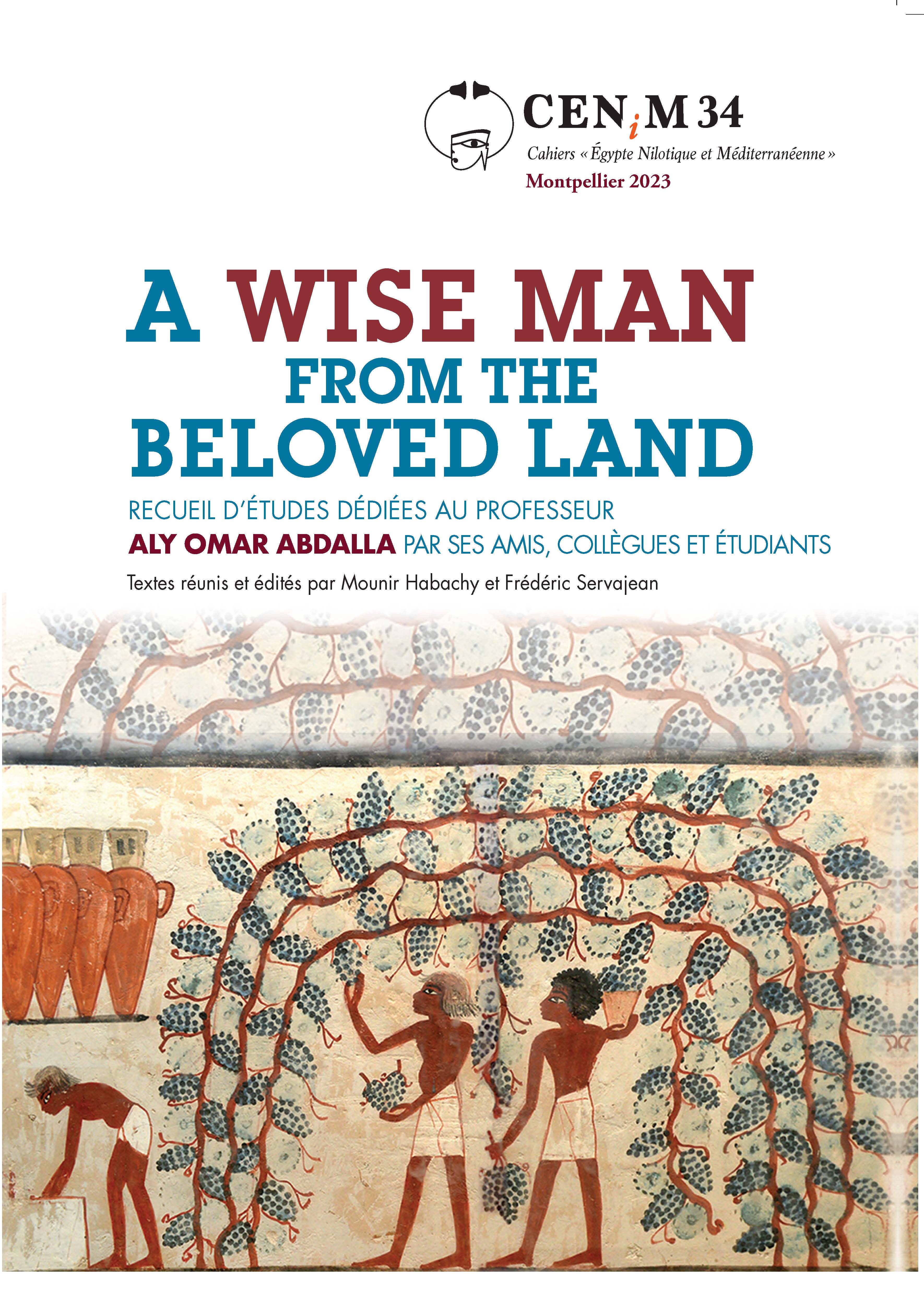
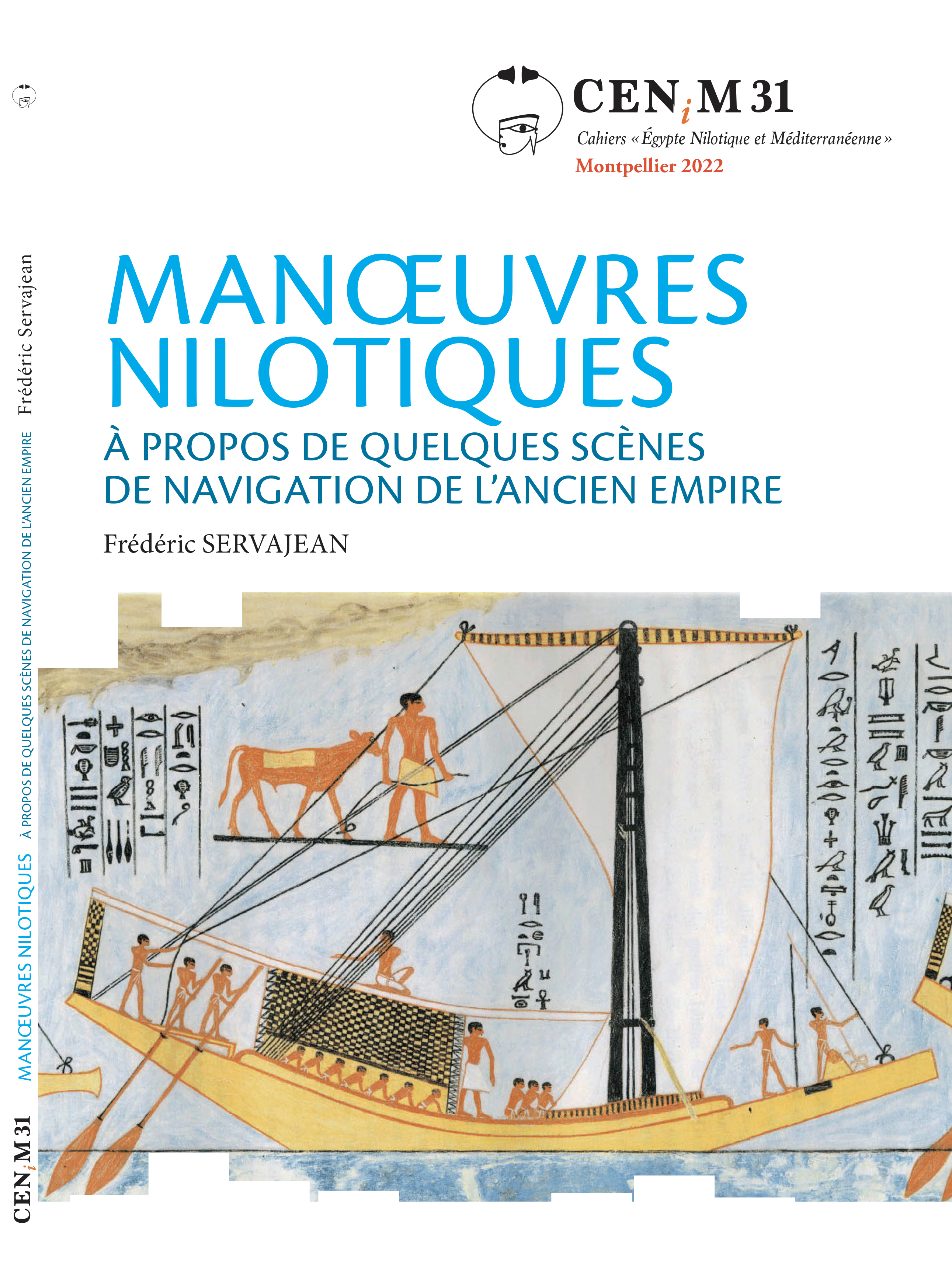
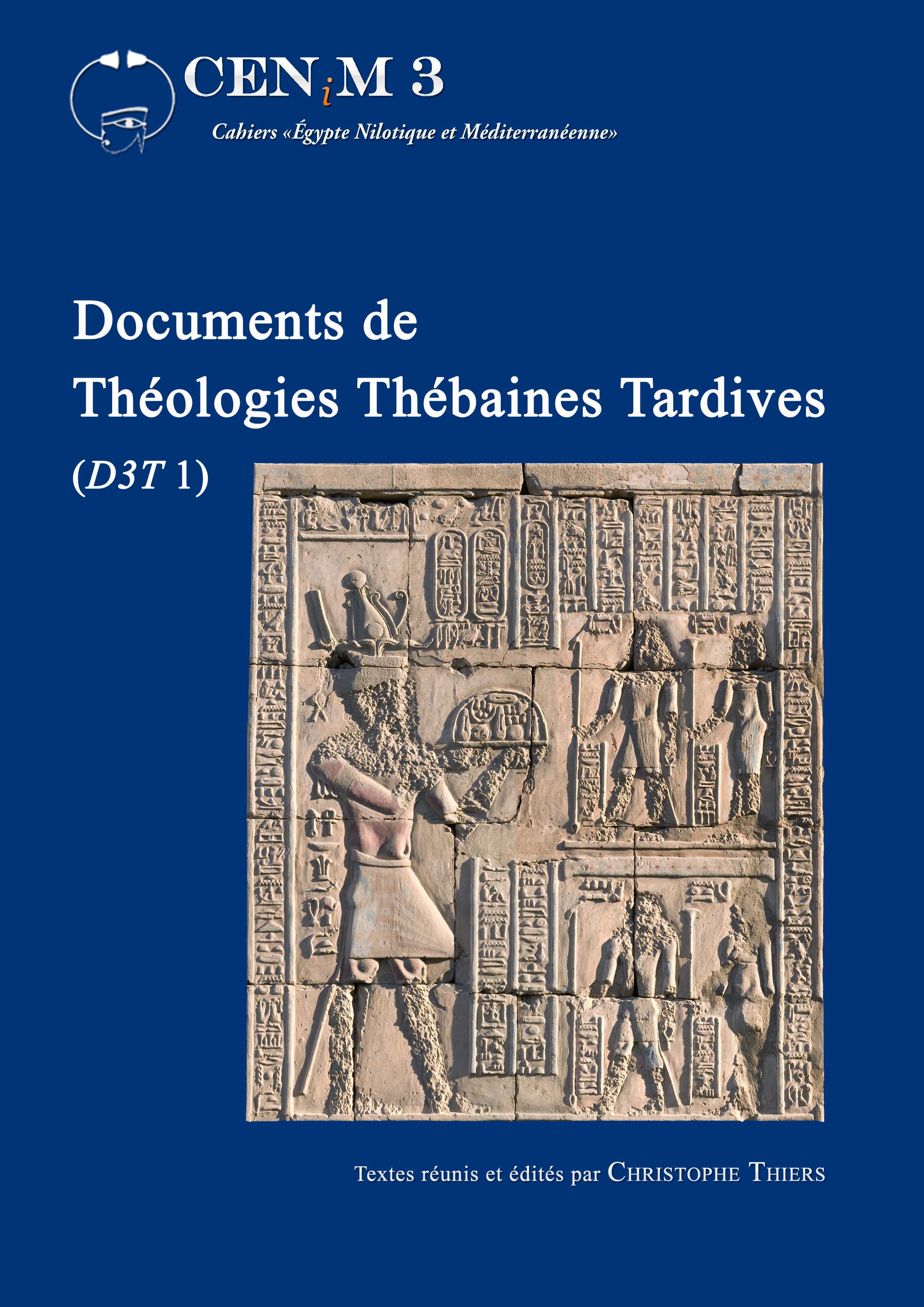
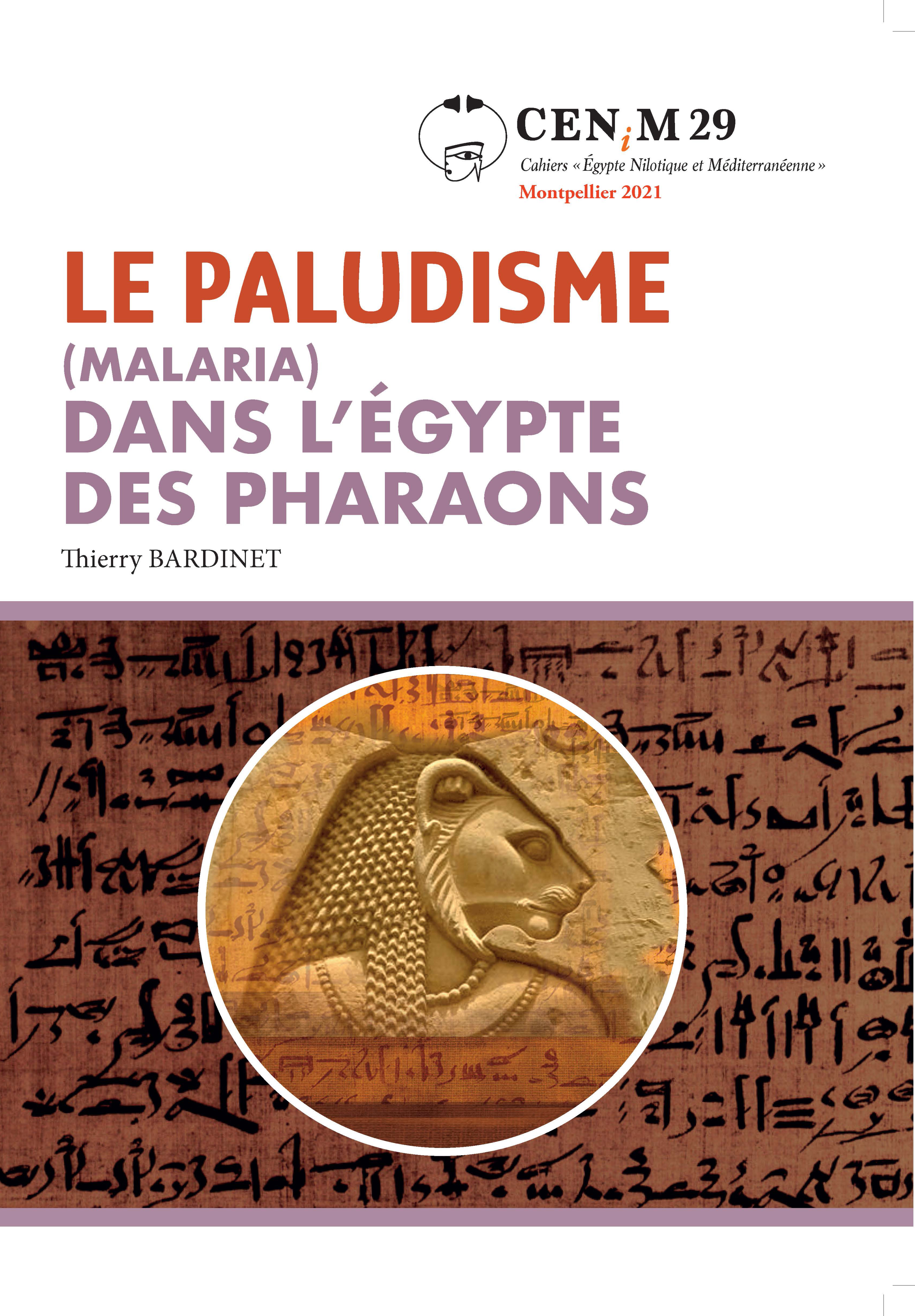
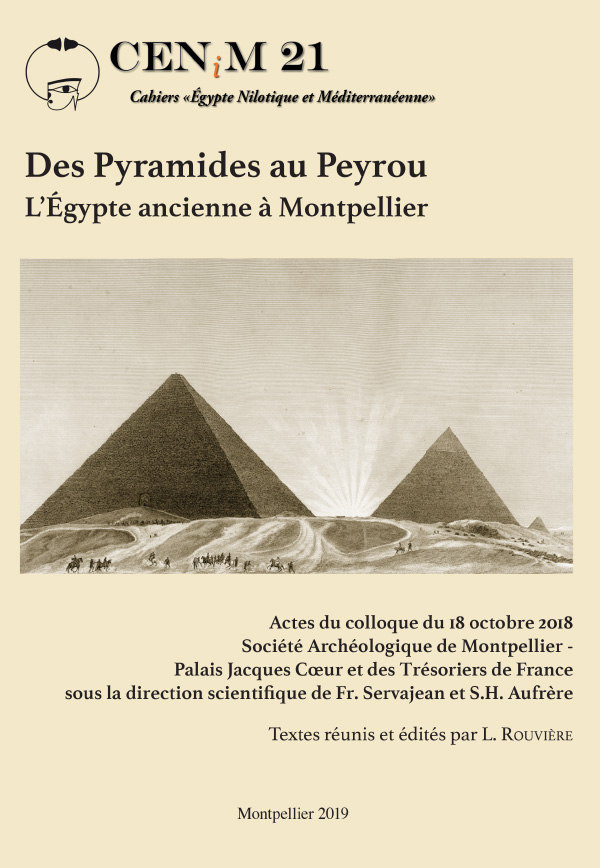
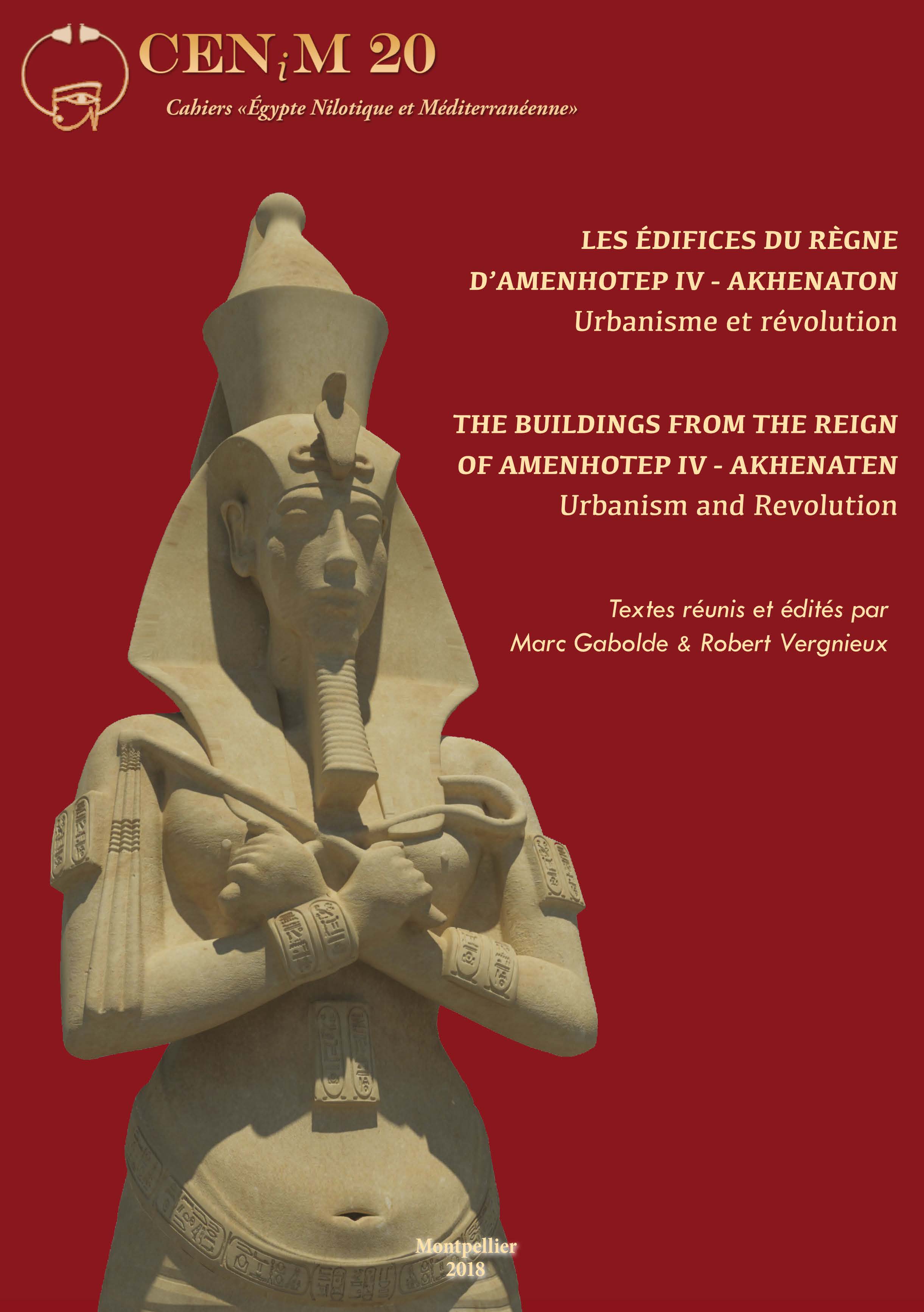
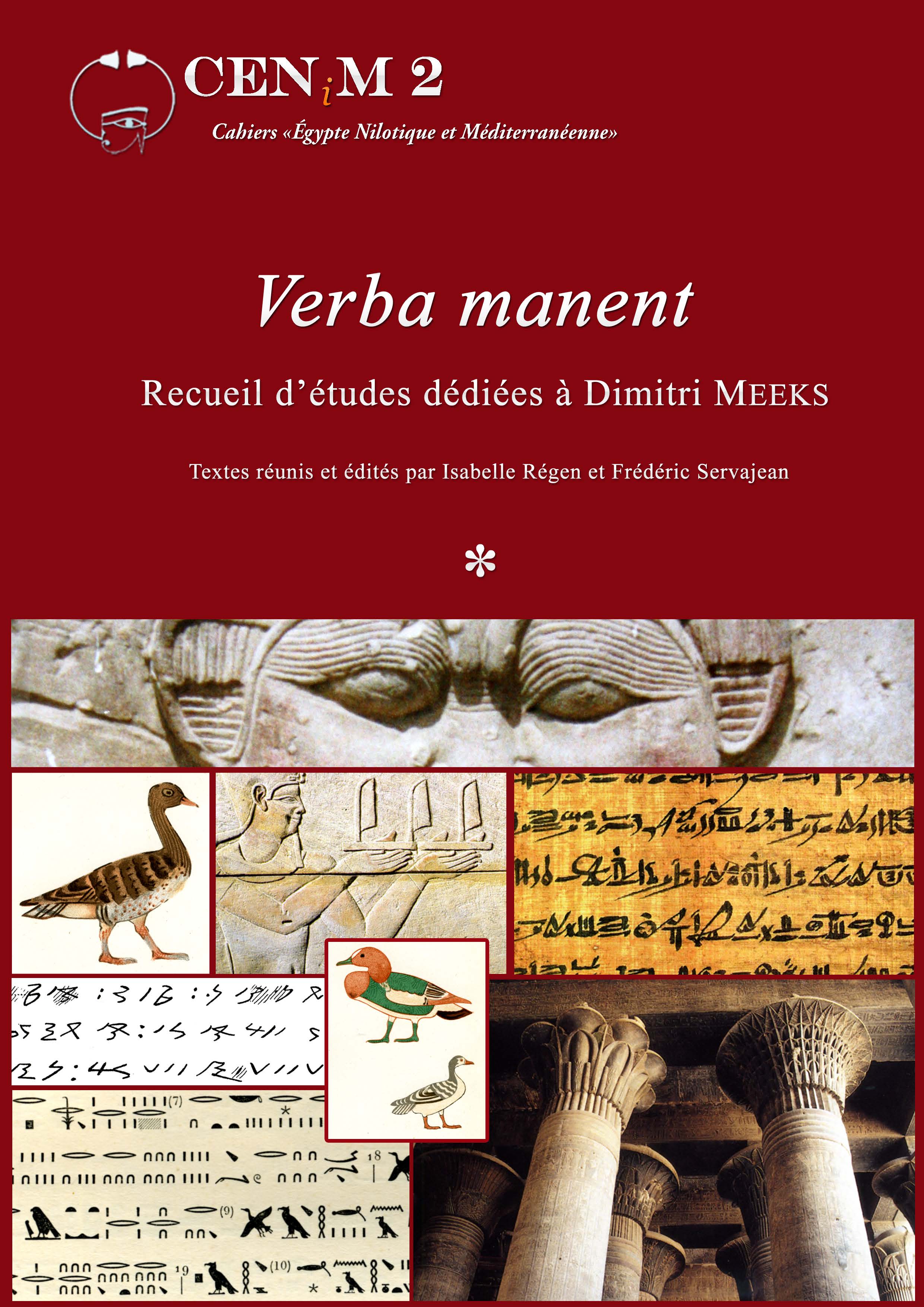
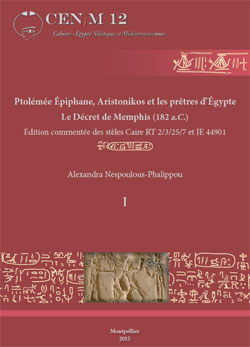
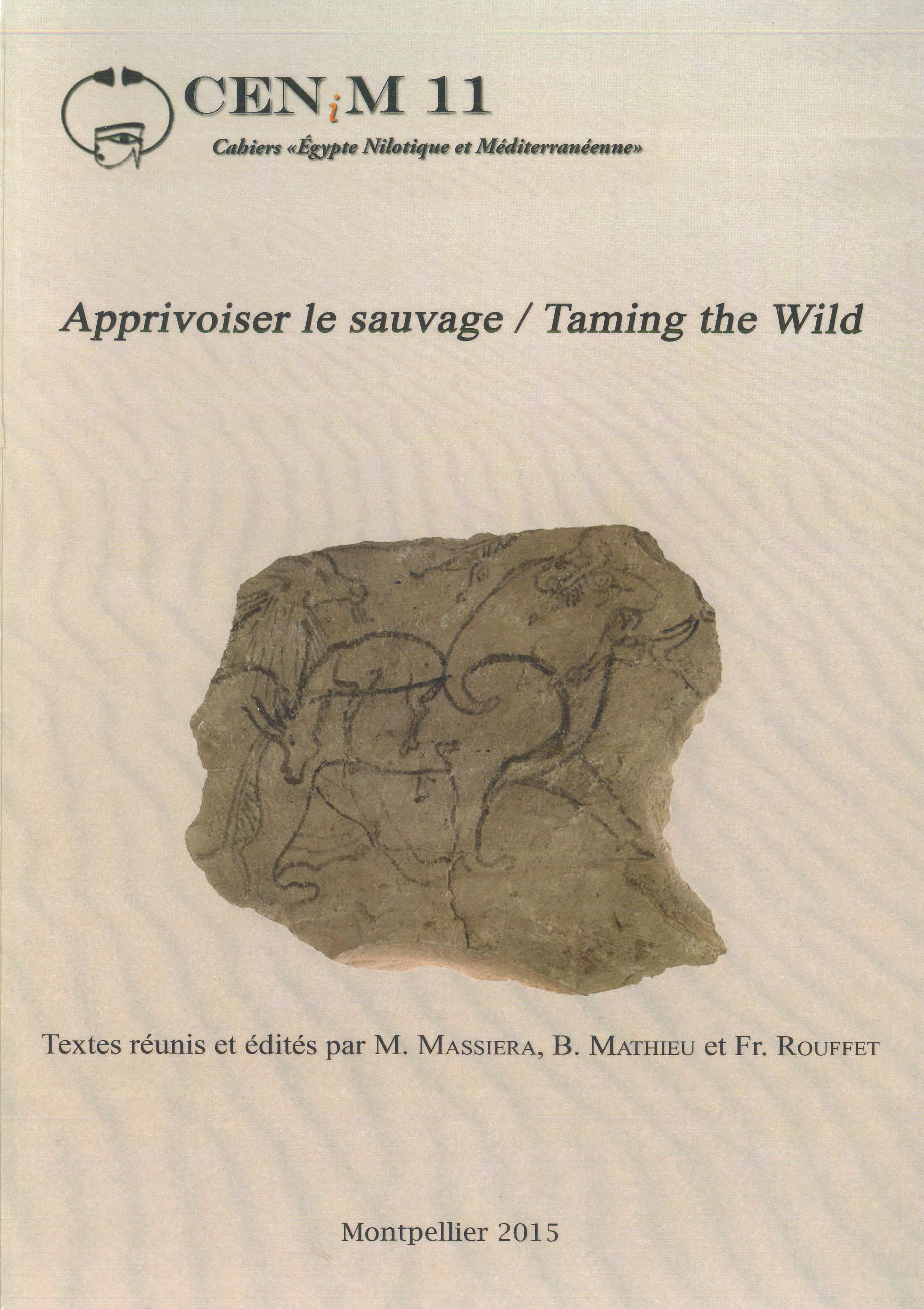
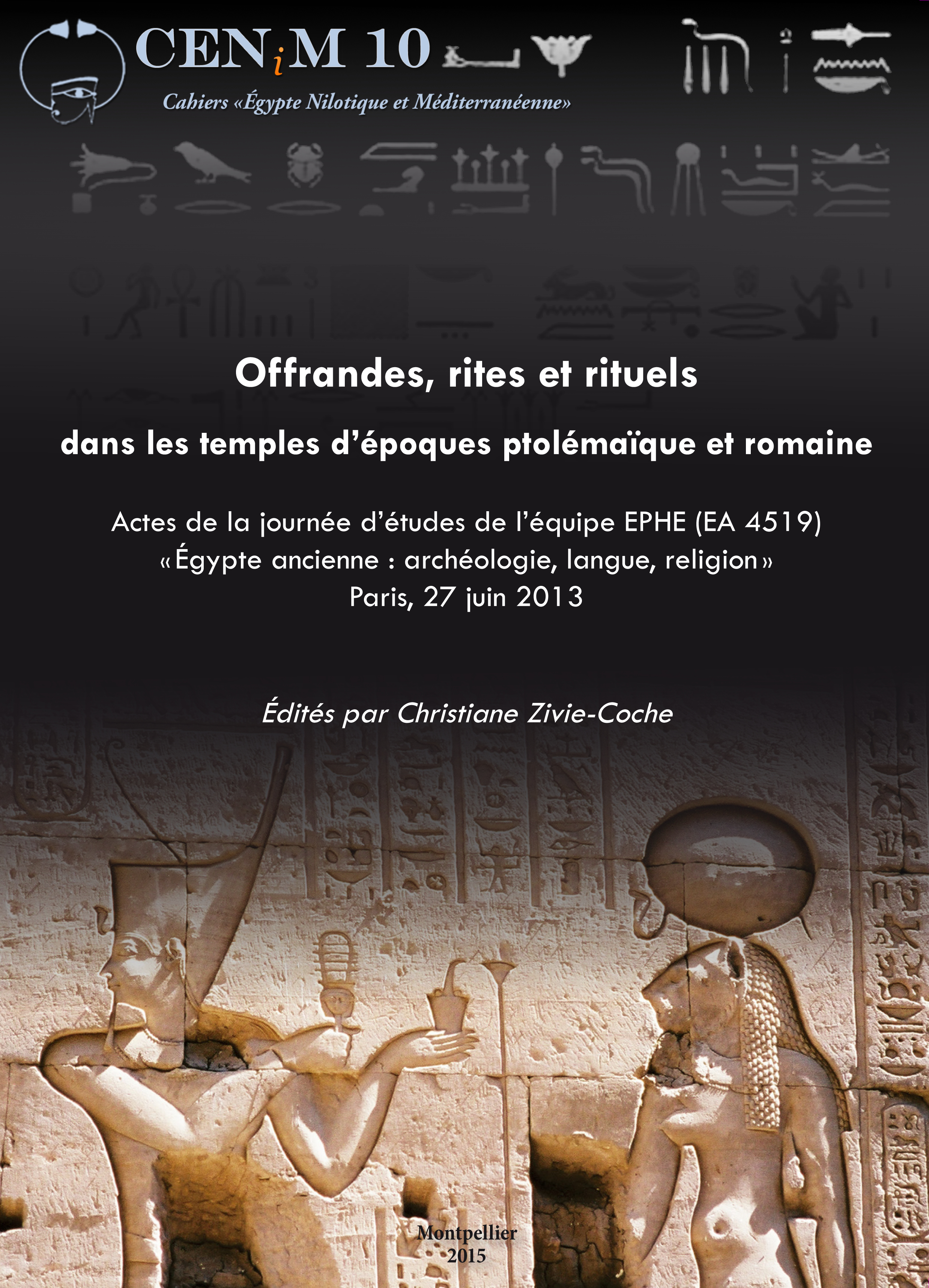
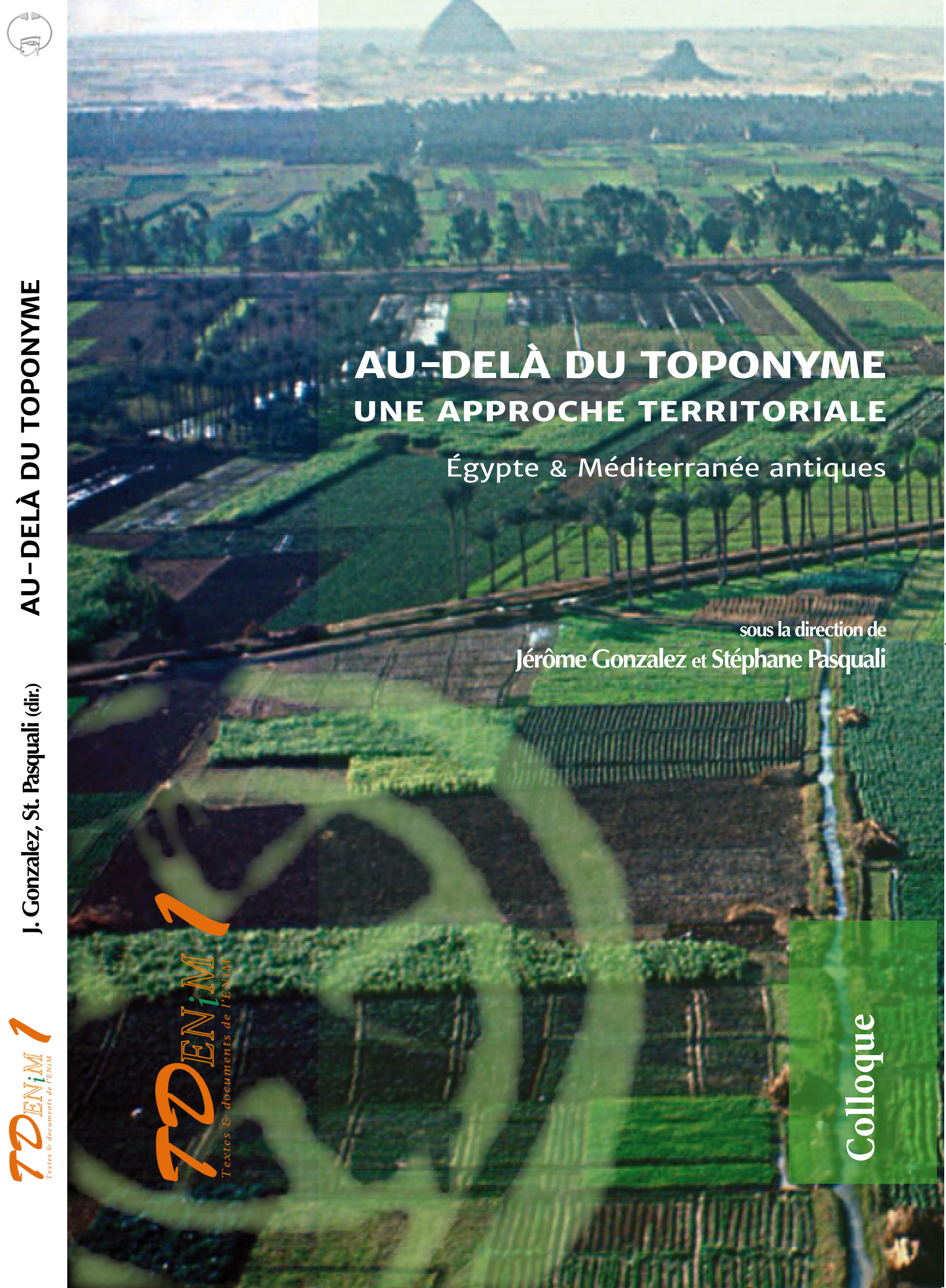
 Contact
Contact
 Abonnez-vous !
Abonnez-vous ! Équipe Égypte Nilotique et Méditerranéenne
Équipe Égypte Nilotique et Méditerranéenne UMR 5140 « Archéologie des Sociétés Méditerranéennes » (Cnrs)
UMR 5140 « Archéologie des Sociétés Méditerranéennes » (Cnrs) Université Paul Valéry - Montpellier III
Université Paul Valéry - Montpellier III